A Strategic Pivot in the Eurasian Economic Landscape
The global economic architecture is undergoing a profound and rapid transformation, moving away from established Western-centric supply chains toward resilient, multi-polar regional partnerships. At the heart of this geopolitical and economic realignment lies the rapidly escalating trade relationship between the Russian Federation and the Islamic Republic of Iran. Driven by shared strategic interests, the necessity to bypass international sanctions, and a mutual commitment to regional stability, the bilateral trade volume is soaring, with projections pointing towards a $10 billion annual target. This is not merely a quantitative increase; it represents a qualitative shift in the commodity structure of their exchange.
While traditional trade focused heavily on Russian agricultural exports (like wheat) and Iranian petrochemicals, the future is increasingly being defined by non-oil, manufactured goods. The construction industry has emerged as the most fertile ground for this expansion, with Iranian expertise and production capacity in building materials, most notably ceramic tiles and porcelain slabs, playing a starring role. The Russian market, recently vacated by major European suppliers, presents a colossal opportunity, demanding cost-effective, high-quality, and reliable supply chains.
This comprehensive, 3200-word analysis will serve as an essential guide for investors, manufacturers, and trade policy analysts. We will delve deep into the structural drivers underpinning this alliance, dissect the specific competitive advantages of Iranian construction exports, and map out the logistics and financial mechanisms (like the INSTC and de-dollarization efforts) that are making this strategic trade nexus an undeniable force in the Eurasian market. This is the story of how bricks, cement, and especially tiles, are becoming the foundational elements of a new and resilient economic corridor.

Structural Drivers of the Iran-Russia Trade Expansion
The current boom in Iran-Russia trade relations is not a fleeting trend but the result of powerful, deeply embedded structural forces that compel both nations toward greater economic integration. Understanding these drivers is crucial for projecting the sustainability and future potential of this partnership.
The Geopolitical Imperative: Sanctions and Alignment
Both Russia and Iran operate under various degrees of stringent international sanctions. This shared experience creates a unique economic alignment, pushing them to establish trade mechanisms and supply chains that are entirely independent of Western financial systems and logistics.
- Import Substitution and Reliable Sourcing: Russia’s commitment to import substitution following the 2022 events created massive voids in its market for finished goods, machinery, and key materials. Iran, as a major manufacturing power with a sanctions-resilient economy, is ideally positioned to fill these gaps. Iranian suppliers offer a “sanctions-proof” sourcing alternative, guaranteeing continuity and reliability in an increasingly volatile global market.
- De-dollarization and Local Currency Trade: A core element of this strategic partnership is the active movement towards settling transactions in local currencies (the Russian Ruble and the Iranian Rial) or through non-SWIFT financial systems. This de-dollarization effort shields bilateral trade from third-party interference and currency volatility tied to the US dollar, making transactions more predictable and secure for businesses in both countries.
The Logistical Game-Changer: The INSTC
The International North-South Transport Corridor (INSTC) is the single most critical infrastructure project underpinning the future of this bilateral trade. It is a multi-modal (ship, rail, and road) network designed to move goods between India, Iran, Azerbaijan, and Russia.
- Time and Cost Efficiency: The INSTC dramatically cuts transit time and costs compared to the traditional route via the Suez Canal and the Mediterranean Sea. For Iranian goods like ceramic tiles—which are heavy, fragile, and sensitive to transport time—the shorter, more secure northern route is a massive competitive advantage. Russian investment in the crucial Rasht-Astara railway link within Iran is a testament to the strategic importance both nations place on completing this corridor.
- Volume and Reliability: A fully operational INSTC promises to increase the volume capacity of trade exponentially, moving beyond single-container shipments to handle the bulk, large-volume exports required by the Russian construction sector. This infrastructural commitment transforms Iran into Russia’s primary Southern logistics gateway.
The Core Opportunity: Iran’s Building Materials Sector
The construction industry in Russia is a colossal, continuous demand engine, fueled by state infrastructure projects, ongoing urbanization, and persistent demand for housing and renovation. Iran’s well-developed, mature building materials industry is perfectly suited to meet this demand, with ceramic tiles leading the charge.
Ceramic Tiles: The Flagship of Iranian Exports
Iran is one of the world’s leading producers of ceramic and porcelain tiles, boasting a mature industry with high production capacity and quality standards. Its competitive edge in the Russian market is multifaceted and highly structural.
- Cost Superiority Through Resources: Iran possesses vast, high-quality indigenous raw materials (kaolin, feldspar, specialized clays) and benefits from some of the world’s lowest natural gas prices (a critical, energy-intensive input for firing kilns). This combination results in a fundamental, structural cost advantage that allows Iranian tiles to be priced significantly lower than European or even many domestic Russian equivalents, making them the preferred choice for large-scale, price-sensitive housing and commercial projects.
- Technical Alignment with Russian Demand: The Russian climate imposes severe technical demands, particularly the need for frost-resistant porcelain tiles for all exterior and unheated areas. Iranian manufacturers have successfully modernized their production lines (often using Italian/Spanish machinery) to consistently produce fully vitrified, high-specification porcelain slabs and tiles that meet Russia’s stringent GOST standards and climatic needs, offering high durability at a low cost.
- Product Diversification and Design: Iranian factories are increasingly capable of producing the current high-demand Russian design trends, including large-format tiles (e.g., $۱۲۰ \times 60$ cm), aesthetically rich surfaces that replicate natural stone and wood using high-definition digital printing, and specialized functional products like anti-slip and technical flooring.
Beyond Tiles: Other High-Potential Construction Exports
While tiles are the headline success story, the opportunity in the Russian construction sector for Iranian firms extends across the materials supply chain.
- Cement and Clinker: Iran is a major global producer of cement. Given Russia’s ongoing infrastructure investments (roads, bridges, energy projects) and its vast territory, the efficient supply of high-quality cement, particularly through the Caspian Sea route, presents a substantial growth area.
- Stone and Decorative Materials: Iran is rich in decorative natural stone (marble, granite, travertine). These materials can fill the luxury and high-end niche for cladding and interior design that was previously dominated by European sources, offering bespoke, unique designs combined with favorable pricing.
- Sanitary Ware and Fittings: The Iranian industry has developed capabilities in producing quality sanitary ceramics, faucets, and fittings. As the Russian housing sector requires millions of new units, the demand for cost-effective, complete bathroom and kitchen solutions is immense.

Navigating Market Entry and Competition in Russia
For Iranian companies to successfully capitalize on this opportunity, a sophisticated understanding of the Russian market’s competitive structure, regulatory landscape, and distribution channels is non-negotiable.
Competition with Russian Domestic Producers
The primary competition is not European imports (which have largely retreated) but the powerful and protected Russian domestic industry (e.g., Kerama Marazzi, Unitile).
- The Logistics and Service Advantage: Russian producers hold an inherent advantage in time-to-market, able to deliver goods to large urban hubs within days via established domestic networks. Iranian firms must compensate for this with superior customer service, holding robust, dedicated inventory in Russian distribution centers, and optimizing the final mile of delivery through advanced logistics partnerships.
- Brand Trust and Local Knowledge: Domestic brands possess deeply established brand trust and a precise knowledge of local construction practices and regional aesthetic preferences. Iranian companies must invest in strong local marketing, participate actively in Russian trade exhibitions (like MosBuild), and form joint ventures with Russian distributors to build brand familiarity and ensure product suitability.
Regulatory and Financial Mechanisms for Success
Successful market penetration depends heavily on mastering the non-product elements of trade.
- Certification and Standards: Compliance with Russian state standards (GOST certification) is mandatory, particularly for structural and safety-related building materials. Proactive, pre-export certification of products like fire-rated doors, electrical fittings, and frost-resistant tiles is essential for seamless entry.
- Free Trade Agreements (FTA): Iran’s observer status and pending full membership in the Eurasian Economic Union (EAEU), coupled with the provisional Free Trade Agreement, offer tariff reductions and streamlined customs procedures. Businesses must leverage these agreements to maximize their price competitiveness and reduce bureaucratic friction.
- Payment Security: Utilizing established non-SWIFT banking channels or implementing mutually agreed-upon financial instruments (like letters of credit in local currencies or specialized barter arrangements) is necessary to ensure secure and timely payments, mitigating the risks associated with the ongoing sanctions environment.
Mapping the Future: Challenges and Opportunities Beyond 2025
Looking ahead, the future of Iran-Russia trade in construction and tiles is overwhelmingly positive, yet it faces predictable challenges that require strategic foresight.
Projected Growth and Market Share
The trajectory is clear: Iran is expected to capture a significantly larger share of the Russian construction import market.
- Targeting Infrastructure: Beyond residential housing, the massive Russian infrastructure drive (railways, ports, energy facilities) requires specialized materials. Iranian firms with expertise in refractory bricks, technical ceramics, and specialized coatings have a high-value niche to target.
- Expansion into Regional Markets: The INSTC not only connects Iran to Moscow and St. Petersburg but also to vital regional hubs in the Volga, Ural, and Siberian Federal Districts. These regions, with their distinct climatic and economic profiles, represent untapped markets where Iranian cost-competitiveness combined with INSTC logistics can provide a decisive edge over even domestic Russian suppliers.
Strategic Challenges on the Horizon
No trade relationship is without its hurdles, and the Russia-Iran nexus is no exception.
- Logistical Bottlenecks and Investment: While the INSTC is transformative, its current infrastructure still requires massive, sustained investment. Bottlenecks at key border crossings, limited rail capacity, and the necessity for trans-shipment can still slow down delivery. Both governments must remain committed to funding and accelerating projects like the Rasht-Astara railway to unlock the corridor’s full potential.
- Quality Consistency and After-Sales Service: Long-term success for Iranian brands depends entirely on maintaining rigorous, consistent quality control across all export batches and establishing world-class after-sales support in Russia. Any perception of inconsistent quality would quickly erode the competitive advantage and drive buyers back to more established sources.
- Currency Volatility: Despite the shift to local currency trade, the high volatility of the Ruble and Rial can introduce commercial risk for long-term contracts. Innovative financial hedging mechanisms and clearly defined currency conversion benchmarks within trade agreements are necessary to protect the profitability of both Russian buyers and Iranian sellers.
Conclusion: Anchoring the Eurasian Economy
The accelerating trade relationship between Iran and Russia, particularly its focus on building materials and the export surge of Iranian ceramic tiles, is far more than a temporary market adjustment; it is the anchoring of a new Eurasian economic nexus. Driven by geopolitical necessity, structural cost advantages, and the game-changing efficiency of the INSTC, this partnership is forging resilient supply chains that are insulated from Western pressures.
For Iranian manufacturers, the Russian market represents an opportunity to leverage decades of industrial development and energy cost advantages to become the dominant foreign supplier to one of the world’s largest construction sectors. For Russian buyers, Iran offers a reliable source of high-quality, cost-effective materials essential for sustaining national development goals, from housing to infrastructure. Success in the future will require meticulous execution: continuous investment in INSTC logistics, rigorous adherence to Russian quality standards, and savvy navigation of the local market’s competitive dynamics. The flow of Iranian tiles and construction products is not just an indicator of growing trade; it is the concrete foundation upon which the future economic integration of these two powerful Eurasian players is being built.
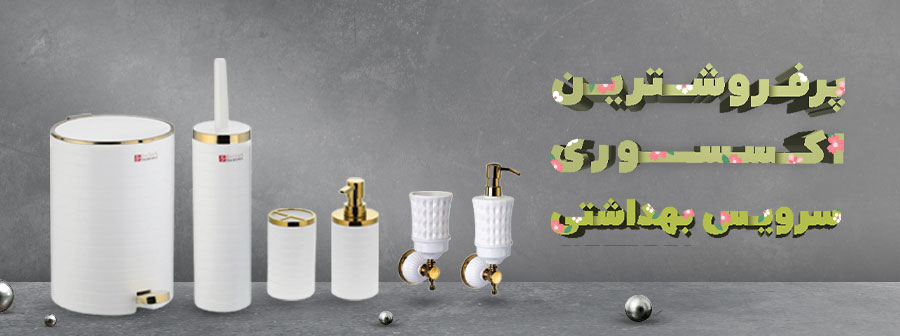
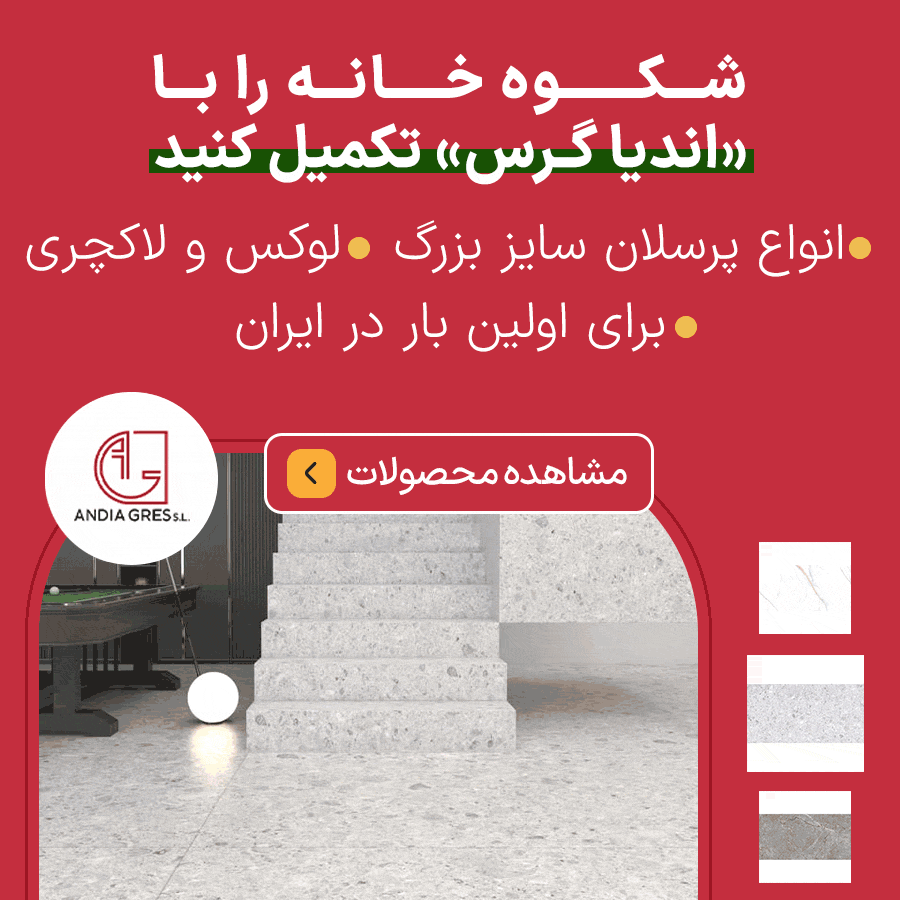
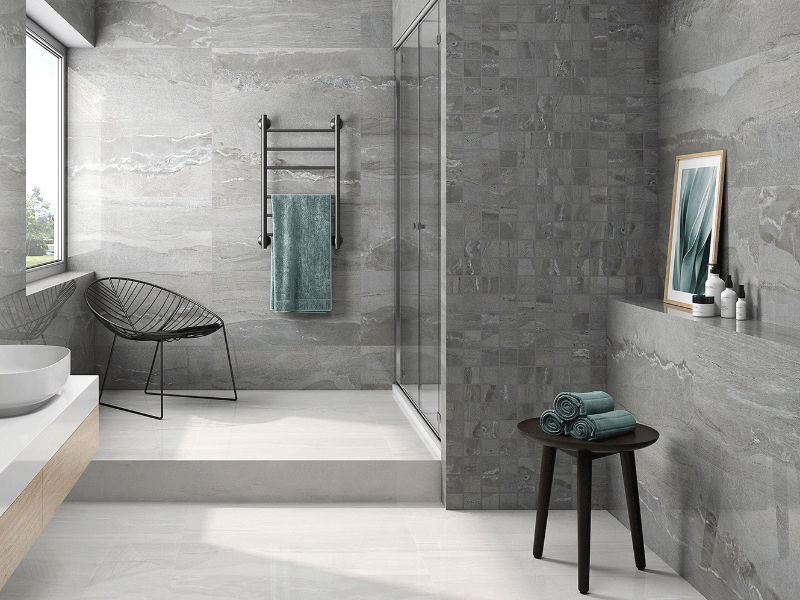
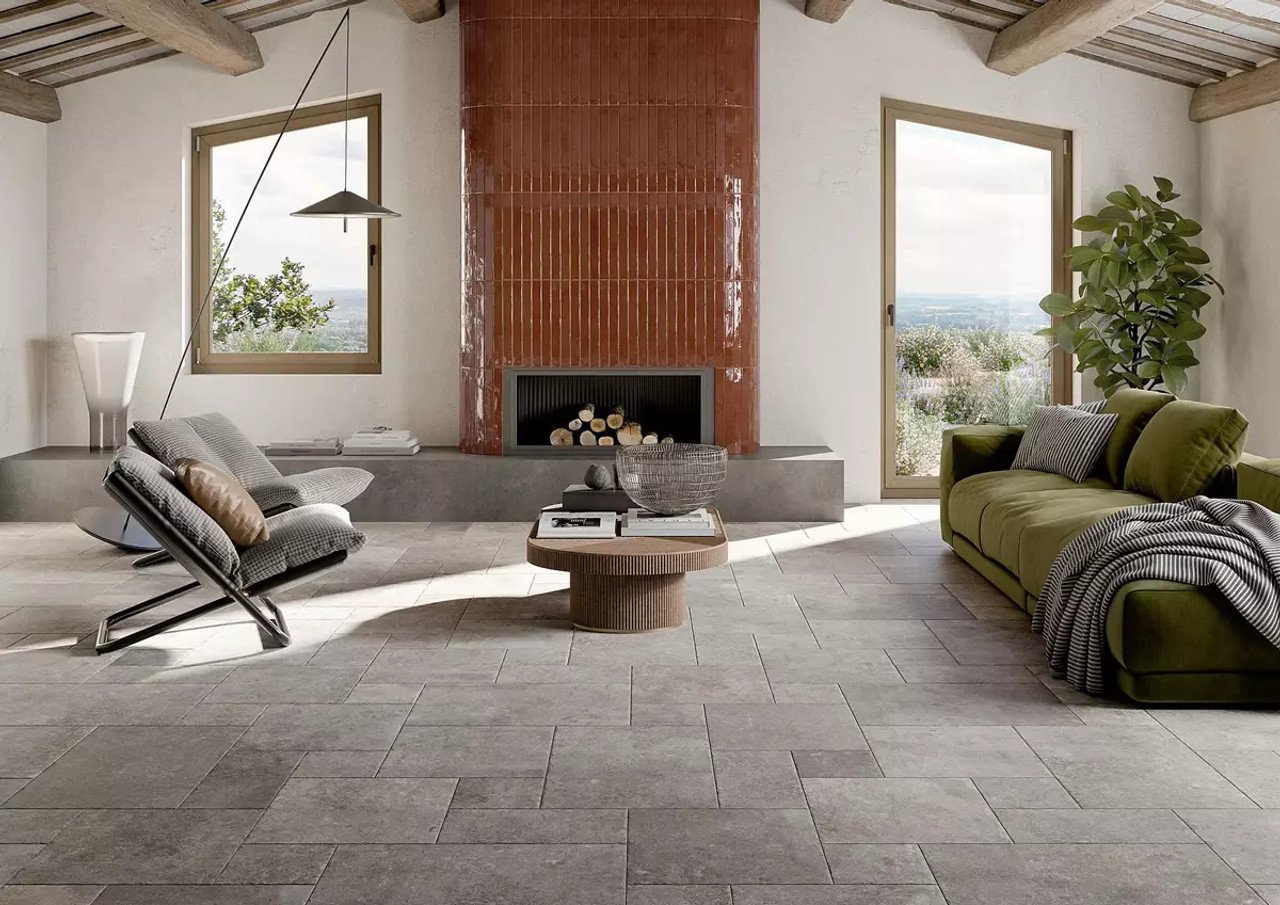

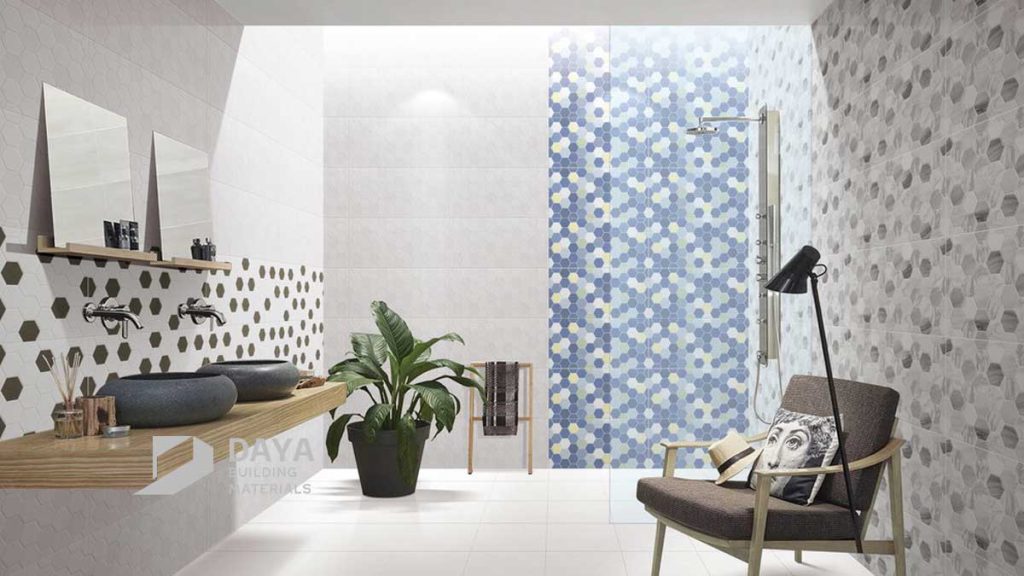

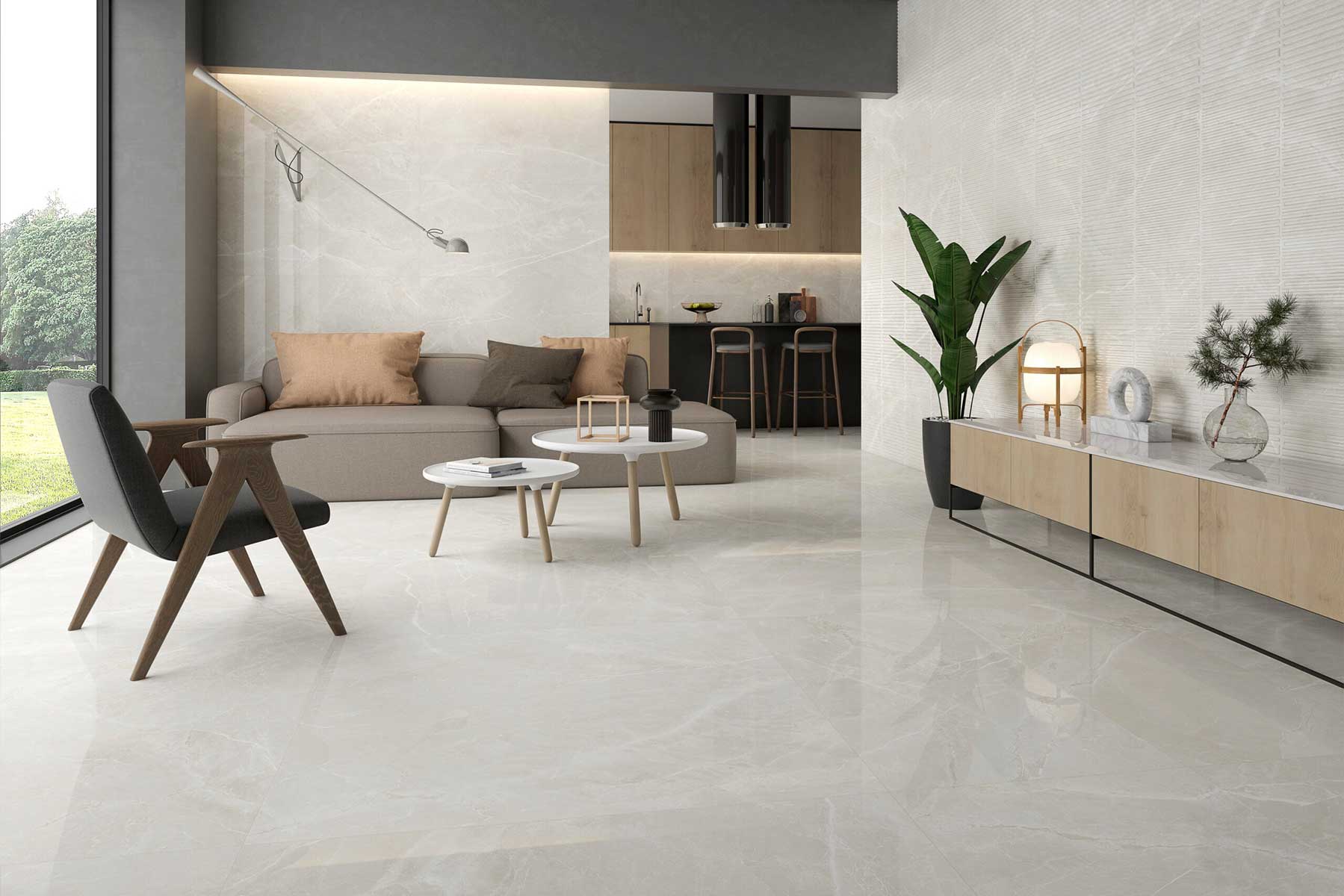
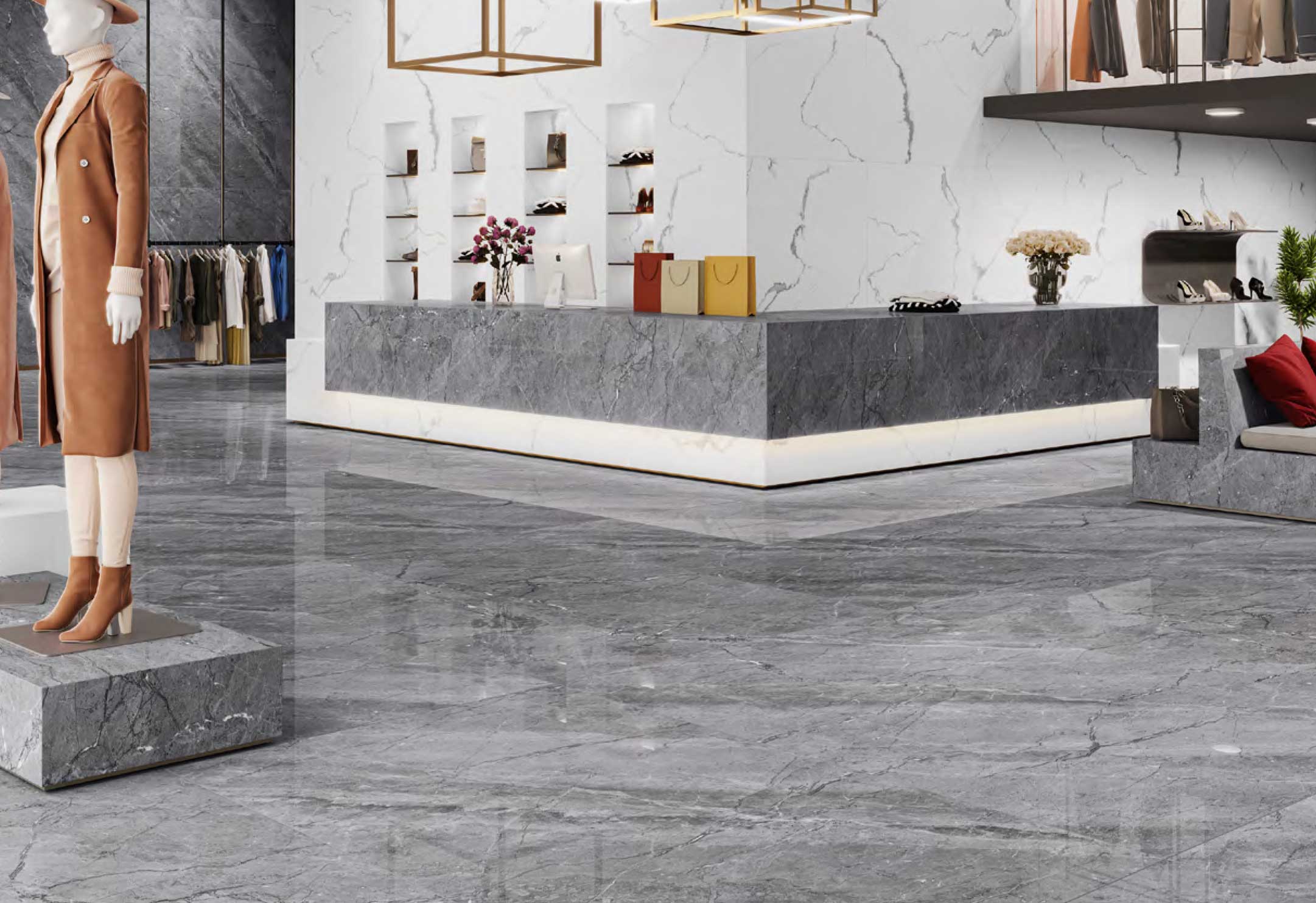
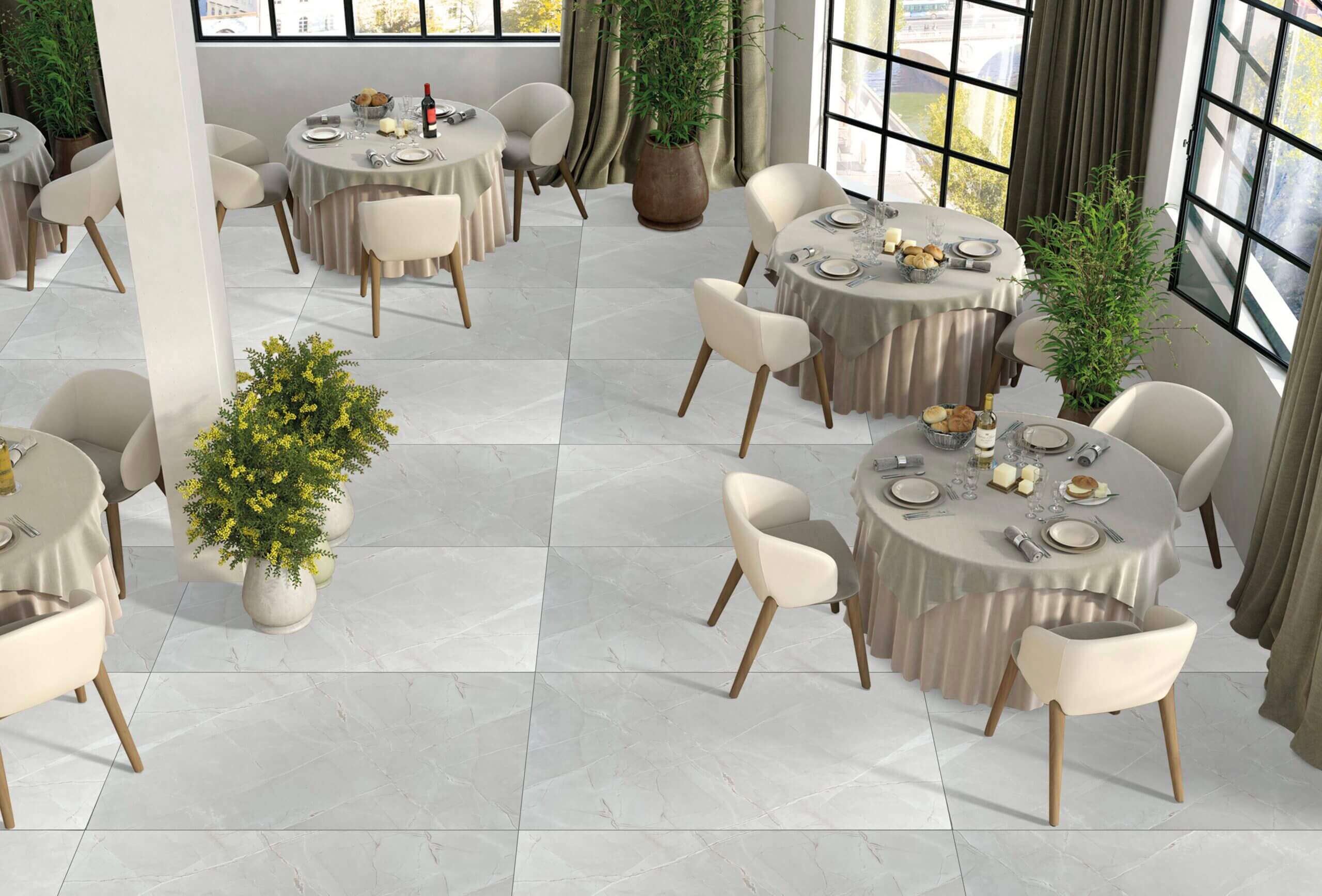
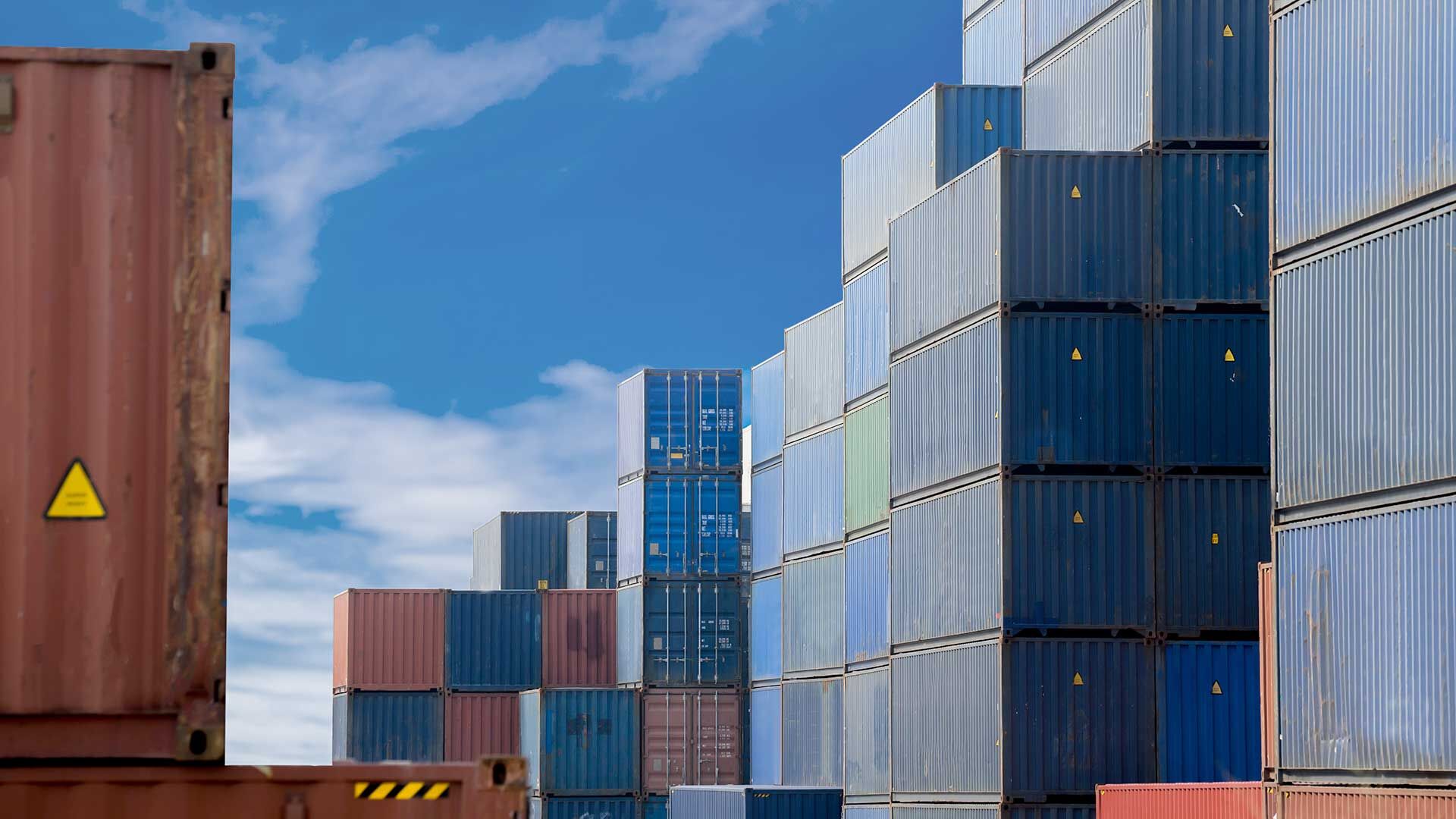
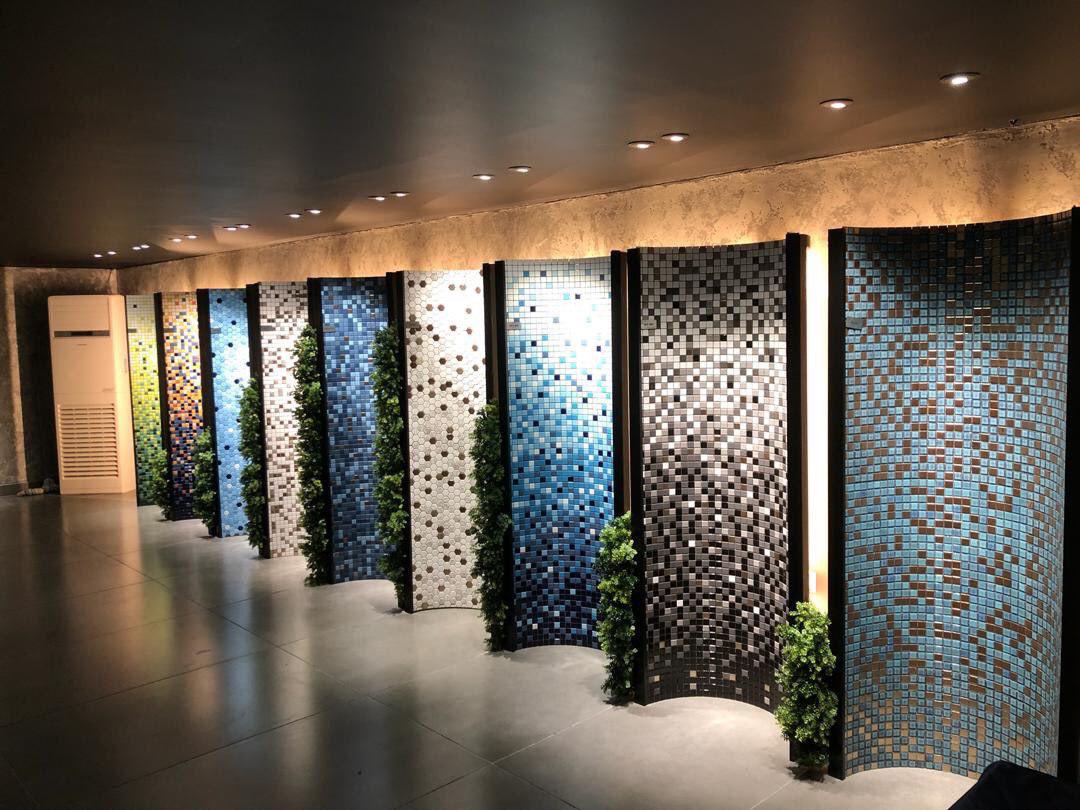




نظرات ۰